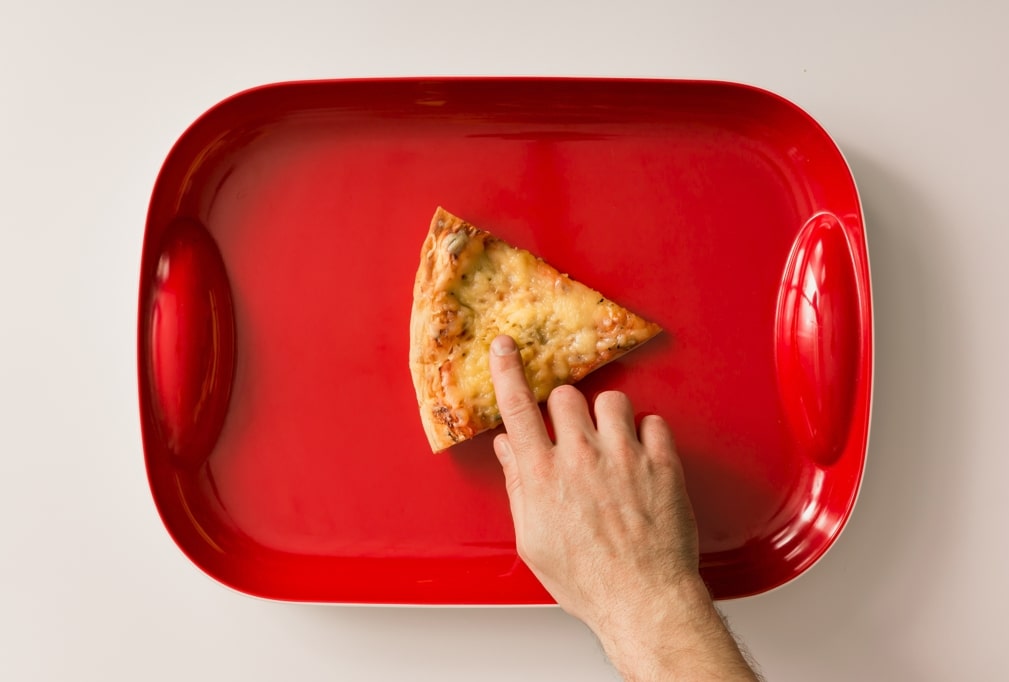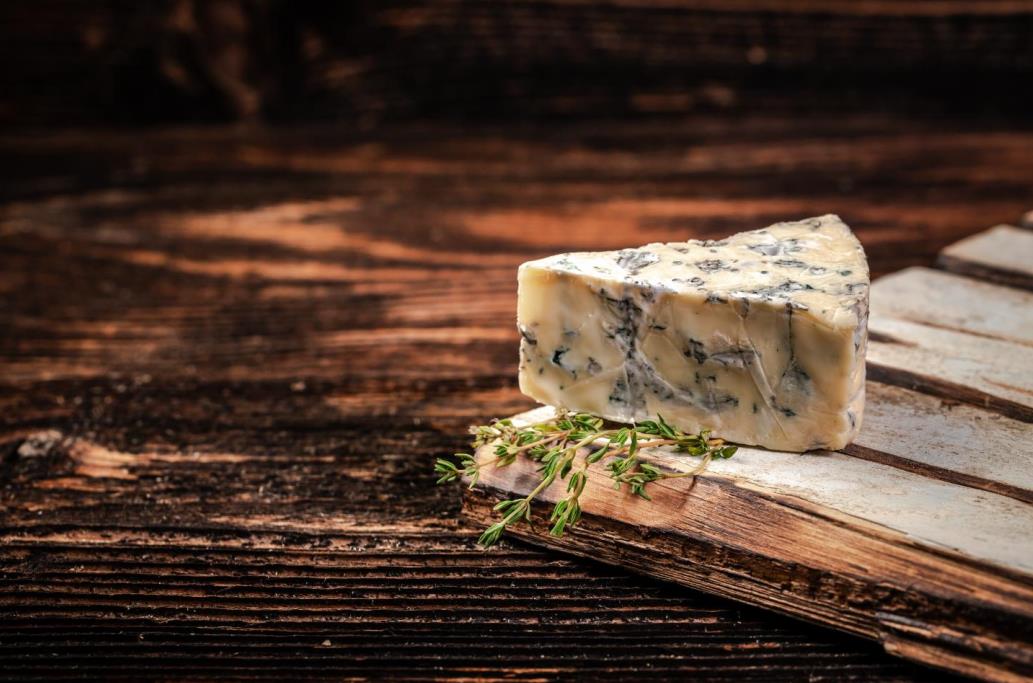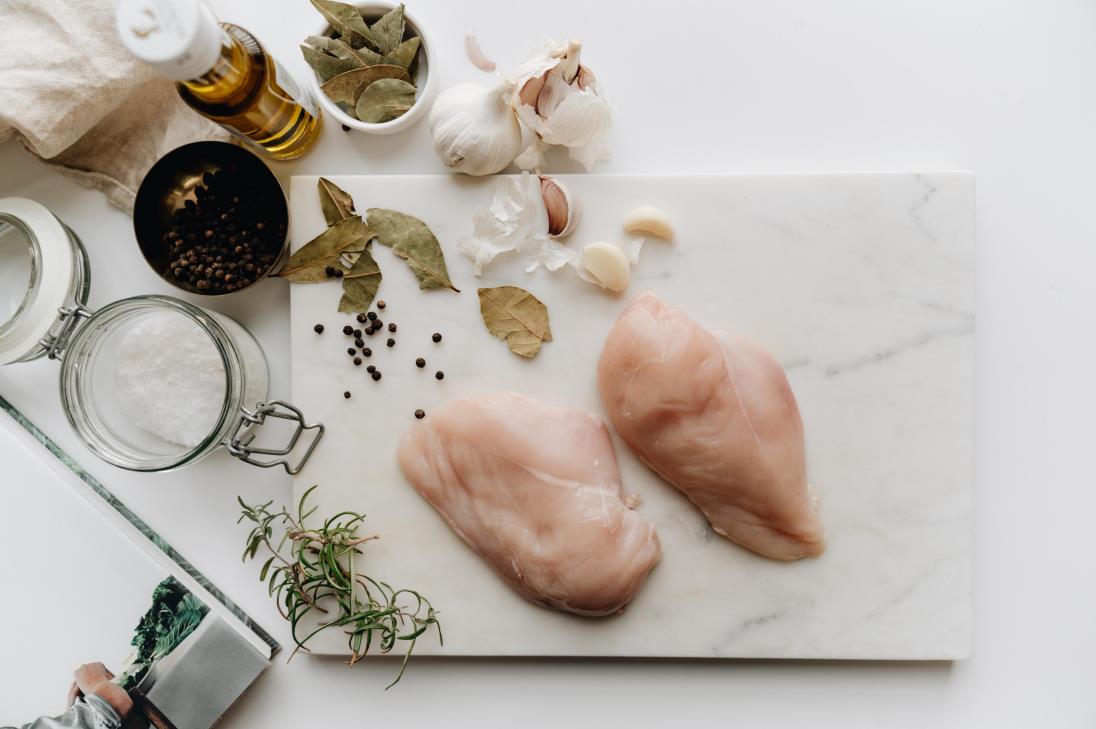The mention of walnut wood often evokes images of rich, luxurious furniture and interiors. From flooring to cabinets to mantles, this gorgeous wood is a favorite of designers and homeowners alike. But can we say the same for chefs concerning cutting boards? Is walnut a suitable candidate for cutting boards, or should we look elsewhere?
Walnut is an excellent choice for cutting boards. It’s dense, strong, and one of the most durable hardwoods available. Besides its impressive 1010 lbf (Black walnut) Janka hardness rating, walnut has antimicrobial properties that make it an excellent hygienic option. The wood is visually stunning with its rich, dark hues, perfect for adding a sophisticated touch to any kitchen.
We can’t deny that the wood is susceptible to insect attack, but it’s not so much an issue if it’s finished and cared for properly. If you want to learn more about walnut wood for cutting boards, this article is for you. We’ll also compare the wood to our other favorites and see how it stacks up.
Table of contents
What is walnut wood?
Walnut is a tree species belonging to the Juglandaceae family, genus Juglans. The tree is native to southern Europe, West Indies, North America, South America, and Asia. It grows best in temperate climates, and there are some 20 different species.
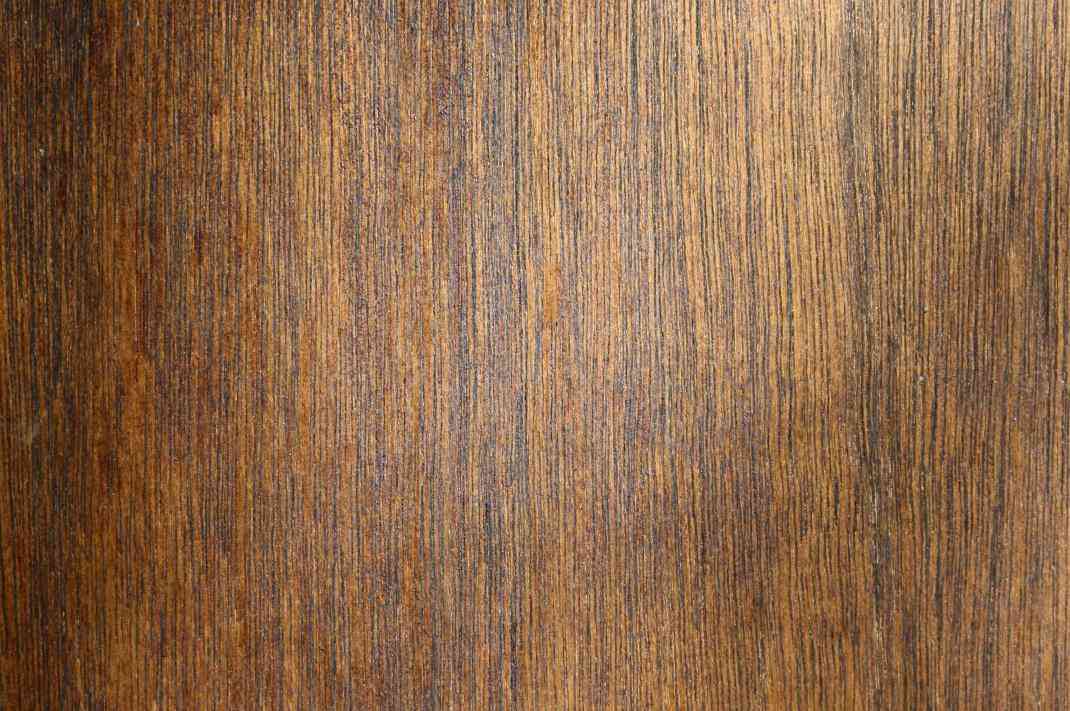
The genus Juglans comprises several species of deciduous trees. The most common walnut wood types are black walnut and English walnut. Black walnut (Juglans nigra) is the most popular variety for woodworking projects. The English walnut (Juglans regia) produces the much-coveted walnuts for our pantries.
Another popular type of walnut is the Claro walnut (Juglans hindsii), which we’ll discuss further in the following sections.
Black Walnut (Juglans nigra)
Walnut lumber, as we know it, comes from Juglans nigra (black walnut). It’s hardwood with a moderate luster and a relatively coarse texture. In some wood, the grain appears irregular but runs straight in most cases. The end grain has large earlywood pore channels that grade to medium-sized latewood pores.
The best way to identify black walnut wood is by its distinctive, dark color, which ranges from a deep chocolate brown to an almost-black hue. That’s the heartwood. The sapwood, which is lighter in color, can range from nearly white to a pale yellowish-gray.
Woodworkers globally turn to black walnut for its workability, strength, and durability. With a Janka rating of 1010 lbf (pounds of force), it’s one of the most durable hardwoods available.
The black walnut wood is also highly shock-resistant and has excellent dimensional stability. It’s resistant to rot, though it can be susceptible to insect attack. But, if you take proper care of it, black walnut wood can last a lifetime.
English Walnut (Juglans regia)
English walnut (Juglans regia) is a walnut species native to parts of Europe and Asia. It’s the tree that produces the delicious walnuts we use in cooking and baking. Like the black walnut, it’s a deciduous tree that prefers temperate climates.
This species has a higher Janka hardness rating of 1220 lbf. However, it’s moderately durable compared to black walnut. Wild walnut trees grow to considerably larger sizes than cultivated English walnuts. However, most people would agree that cultivated ones produce better-looking lumber.
Woodworkers use the English walnut for its beautiful grain and color. The heartwood color ranges from a light brown to a deep, dark chocolate brown. Occasionally, you’ll see brown streaks in the lumber, which adds more character to it. The sapwood is usually pale yellow or white, contrasting beautifully with the dark heartwood.
The most common use case of English walnut is furniture, cabinetry, paneling, fine veneer, and decorative woodwork. Woodworkers also use it for musical instruments and turning. Because of its shock resistance and dimensional stability, it’s also an excellent choice for gunstock.
California Black Walnut (Juglans hindsii)

Also known as Claro walnut, California black walnut (Juglans hindsii) is another popular walnut species. The tree is native to the upper Sacramento River basin and the San Joaquin Valley in California. With a Janka hardness rating of 1130 lbf, it falls in the bracket of moderately hard wood.
Like the English walnut and the Black walnut, the grain of the Claro walnut is usually straight, but you might see some cases of interlocked grain. Moderate luster and a relatively coarse texture, with large earlywood pores that grade to medium-sized latewood pores, are the other features of this species.
Its rot resistance is good and highly shock-resistant, with excellent dimensional stability. Concerning appearance, heartwood has a light- to medium-brown color with brown streaks. Sapwood, on the other hand, is almost white.
Given its workability and stunning looks, woodworkers use the California black walnut for various projects, including musical instruments, gunstocks, furniture, and cabinetry. It’s also the preferred choice for decorative woodworking projects.
Is walnut good for cutting boards?
The best way to know if walnut is good for cutting boards is to look into its attributes. For instance, check its hardness levels to know if it can stand the wear and tear of regular use and sharp kitchen knives.
You must also consider its resistance to temperature and moisture, food contact safety, maintenance, and aesthetics. Here’s how walnut fairs in all these areas.
Hardness
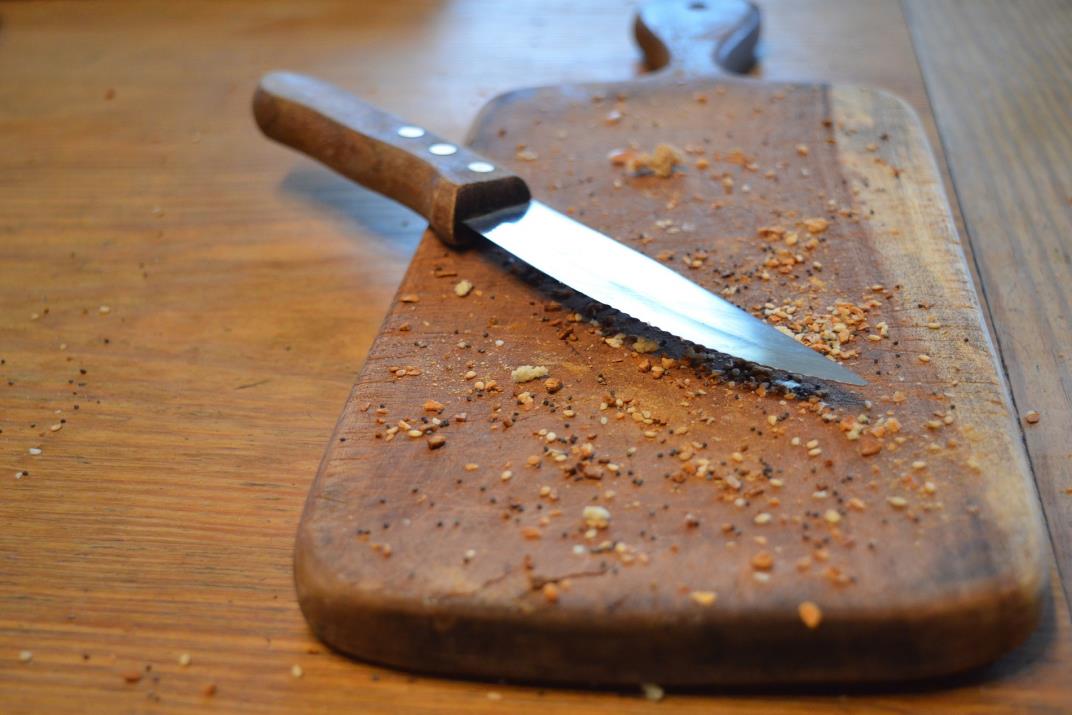
How hard any wood is determines how well it stands up to regular cutting. All three walnut species have high hardness ratings. The Janka hardness test is a widely accepted measure of wood hardness. The higher the Janka rating, the harder the wood.
From the three Walnut species discussed above, the English walnut ranks the highest on the Janka hardness chart with a rating of 1220 lbf, followed by California black walnut with 1130 lbf and Black walnut at 1010 lbf. That range puts all three species in the moderate hardwoods category.
What this means is that walnut makes an excellent cutting board material. It’s hard enough to resist the wear and tear from regular use and sharp knives while still being soft enough for it not to blunt your knives.
Temperature and moisture resistance
When looking at how wood performs as a cutting board, you must also consider its temperature and moisture resistance levels. Woods expand and contract with changes in humidity and temperature, which can cause it to warp or crack if it’s not stable enough.
All three walnut species are dimensionally stable and have good rot resistance, making them suitable for use even in high humidity. The tree has a durability class 3 in decay resistance, which is good enough for a cutting board.
And because of the superior dimensional stability, you don’t have to worry about your walnut cutting board warping or cracking due to changes in temperature and moisture.
Food contact safety
Safety is a critical aspect when choosing a cutting board material. You want to ensure that the material you select is food-safe, especially if you’re using it to cut raw meat, fruits, and vegetables.
Fortunately, walnut is a safe cutting board material. It’s non-toxic and has antimicrobial properties that help to keep your food free of bacteria and germs.
Maintenance
While you can’t throw your walnut cutting board in the dishwasher for a quick clean-up, it’s still relatively easy to maintain. Occasional oiling is all you need to keep your cutting board looking new and in good condition.
After every use, thoroughly clean your walnut cutting board with warm soapy water and a non-abrasive scrubber. Wipe it dry with a soft cloth and apply a light coating of food-grade mineral oil. Doing this will help to prevent your cutting board from cracking and make it more resistant to water and wear.
Aesthetics
Walnut wood is prized for its attractive grain pattern and stunning color. It’s one of the few kinds of wood that come in shades ranging from dark brown to almost black, with tones of purple and yellow in between.
That makes walnut the perfect material for making elegant cutting boards, serving platters, and cheese boards.
Handpicked for you
True cutting power in the palm of your hand
Walnut wood vs. other wood for cutting boards

Below is a comparison of walnut wood against other wood species suitable for making cutting boards.
Walnut vs. acacia
Acacia is a popular tropical hardwood with a Janka hardness rating of 1,500, grading to 2,000 lbf. That’s higher than walnut’s range of 1,010 to 1,500 lbf. That means that acacia holds up well to cutting and isn’t as prone to knife marks as walnut. Acacia wood is also resistant to decay and can withstand high humidity levels.
Acacia wood has an attractive grain pattern but doesn’t have the same mesmerizing tones and color variations as walnut. However, it’s more resistant to insect damage because of its tight grain pattern.
Walnut vs. teak
Teak isn’t as hard as walnut. However, it falls within the same category with a Janka hardness of 1,070 lbf. The amount of natural oils makes teak wood stand out, which makes it resistant to water and decay. It’s also much denser and stronger than walnut, making it more durable and less sucseptible to knife marks.
Walnut vs. oak
Another popular hardwood for cutting boards is white oak. The wood has a rating of 1,350 lbf on the Janka hardness scale, slightly higher than walnut wood.
Oak wins because of its tight grain structure and hard surface. It’s also resistant to bacterial growth and won’t degrade easily when exposed to moisture.
Closing Thoughts
Conclusively, walnut wood is an excellent choice for cutting boards. Not only is it beautiful, but it’s also a hard and durable wood with antimicrobial properties that makes it food-safe. With this information, we hope you are confident enough to make the right decision for your next cutting board purchase.
If not, our blog has lots of other resources for you to explore. And if you ever need a high-quality handmade kitchen knife, pass by our HDMD store for exciting discounts.








